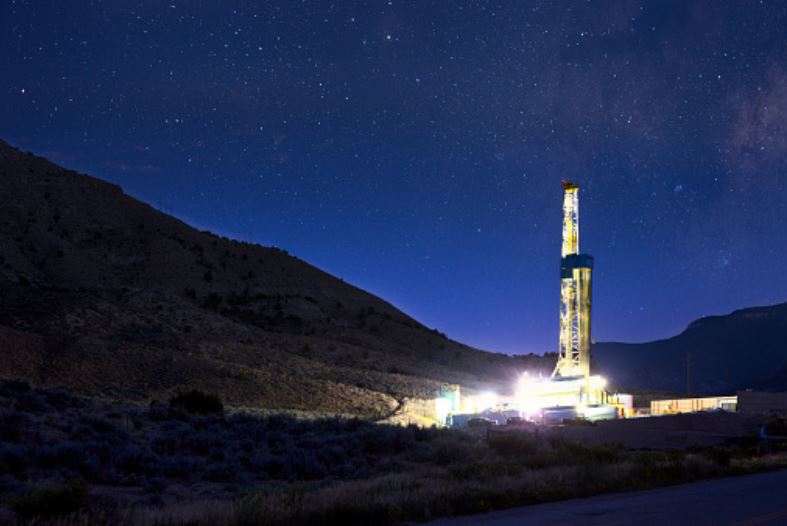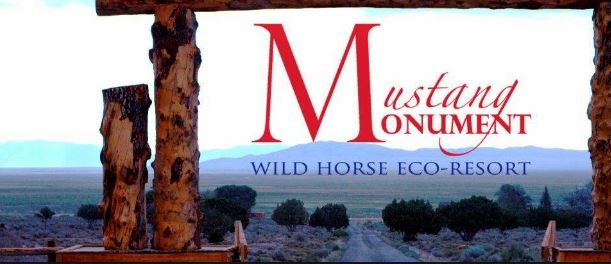West End Bulwark
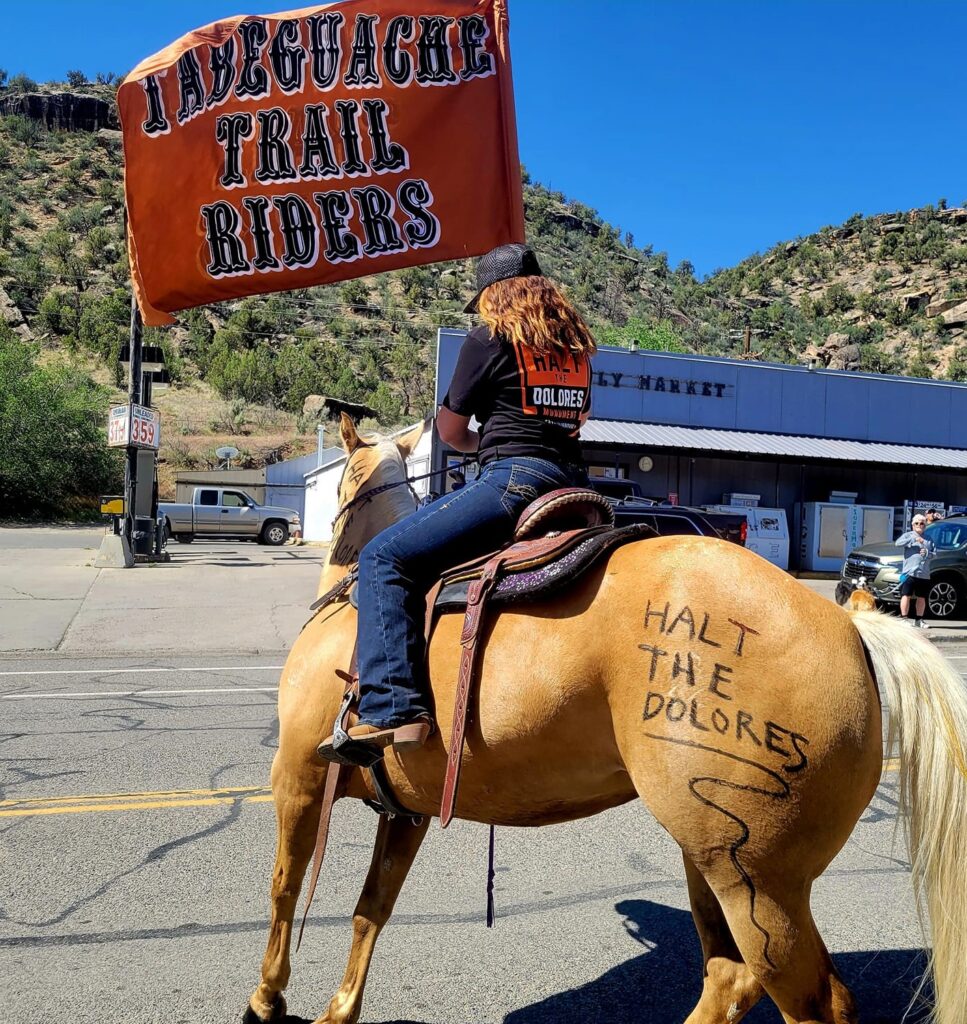
Armed with indignation and a secret weapon, residents of Colorado’s West End score a rare victory.
By Marjorie Haun
Going on many decades, rural counties in the West have been abused, hoodwinked and ran ragged by outside interests and federal agencies that come in, propose a national monument, and via heavy-handed, unilateral applications of the Antiquities Act, establish multimillion-acre, economy-crushing temples to pretty rocks and scattered antiquities. The litany of designations is long and painful. In 1996 Bill Clinton sucker punched Utah with the two-million-acre Grand Staircase/Escalante National Monument having had zero input from Utah’s political leaders, its congressional delegation, or the locals whose lives would be forever altered.
The 1.4-million-acre Bears Ears National Monument in southeastern Utah faced strong local opposition and was significantly downsized by President Trump in 2017 but resurrected by President Biden in 2021 with additional acreage. Nevada’s Avi Kwa Ame National Monument was established by President Biden in 2023 as a 506,814-acre memorial to ancient Native American creation stories. The Stonewall National Monument—which ironically falls within the correct size criteria set forth by the Antiquities Act—is a shrine to the violent riots that ignited the LGBTQ movement in 1969. And that is only four out of the 70-something national monuments established since 1975 covering 25 million acres on land and 600 million at sea.
No longer used to establish suitable bailiwicks for “historic landmarks, historic and prehistoric structures, and other objects of historic or scientific interest” the Antiquities Act is an activist war machine used to mow down dissent, and radically alter the social, cultural and economic nature of scenic places throughout the country.
But in 2024 when folks in the West End of Montrose County, Colo., got wind of a proposed 400,000-acre national monument that would overlay crucial grazing permits, hundreds of mining claims, and hidden treasures known only to locals, the people stood up and said, “No more.”
Two things gave these locals—ranchers, miners, business owners, moms and dads, ordinary hard-working folks—an edge; the experiences of others, and a man willing to step up and give his all to lead the fight.
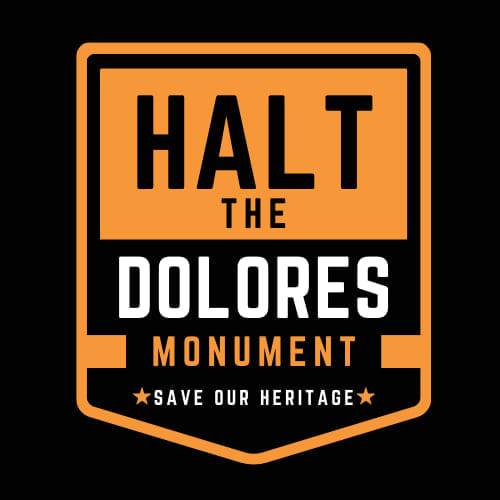
Sean Pond
A sixth-generation Coloradan, Sean Pond spent a great deal of his childhood in the West End’s small towns that make up the atomic hub of Colorado; Nucla (think nuclear), Uravan (uranium, vanadium), Naturita, Paradox and Bedrock. After a stint in the Navy, Pond got a job with the Department of Energy cleaning up low-level radioactive mill tailings around the country. The nature of his work brought him back to the West End several times, and in 2019 he and his wife, Danielle, bought some land outside Nucla, opened a small equipment rental shop and began to settle down in the place they felt had always been home.
Pond’s reluctant foray into politics began with a visit from a local rancher. Pond says, “On February 18, 2024, local rancher Jody Weimer—one of the biggest grazing permit holders in the area—handed us a map showing the proposed monument boundaries. One of the monument’s advocate groups, Colorado Wildlands, had given the map to Weimer in an attempt to convince him that a new national monument would be a good thing for his ranch, but that didn’t go over so well.” With map in hand and an equal partner in Danielle, Pond jumped into the fight against the designation, despite the fact that being in the spotlight did not appeal to him at all.
“When this thing started,” he says, “I told Dani, ‘I hate this. I hate crowds.’ The first meeting held at the elementary school in Naturita was the first time I ever spoke in public. We were hoping somebody, an elected official, would step up so we could step back. It never happened.” Seemingly overnight Pond formed “Halt the Dolores Monument” which consisted of a loosely organized group of citizens from locations throughout western Colorado and eastern Utah. Modest donations funded signage, caps, t-shirts and stickers, and within a few weeks, Pond’s “Halt the Designation of the Dolores River National Monument” petition garnered close to 9,000 signatures.
Resonating with a population sick of being put upon by outside special interests and tin-eared politicians, Pond’s small movement grew and eventually caught fire. “We were on the road constantly as we attended dozens of anti-monument events and political meetings.” Danielle says, “There was a personal cost. We shut down our little rental shop because fighting the monument took so much time and energy.”
Pond adds, “It was 24/7 for 11 months, and it paid nothing.” Danielle adds, “There’s a right and wrong, and when your livelihood and the things you love are threatened, you have to do something.”
Pond soon aligned his movement with the public lands access group, Blue Ribbon Coalition. Thus, he came to the fight well-armed with indignation, multi-state support and a resolute wife.
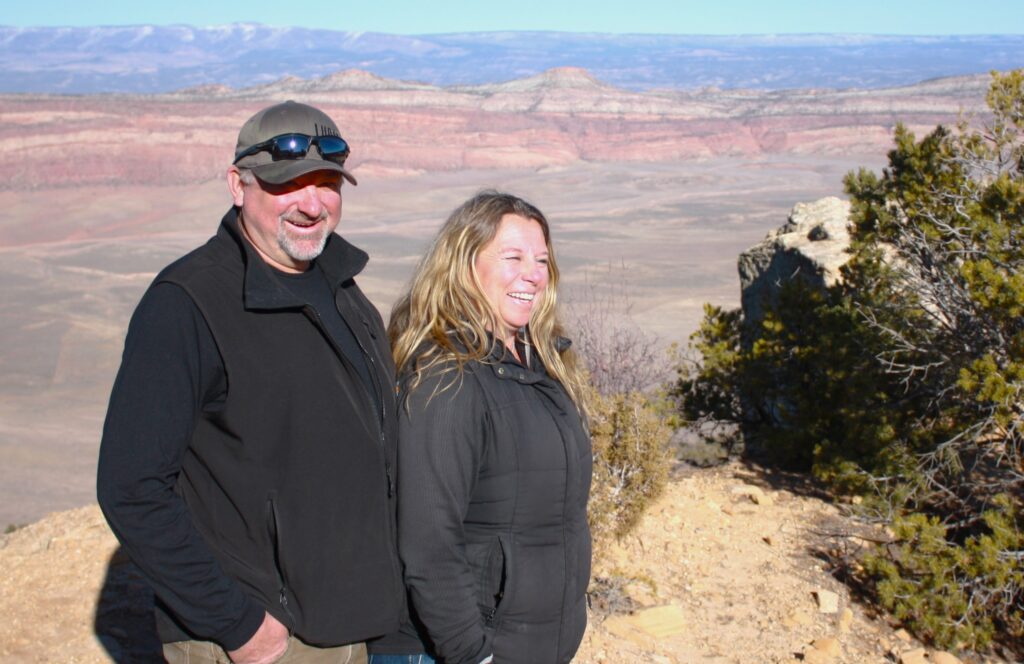
Stars Align
Larry Don Suckla is the Colorado State Representative for the West End. He is also an auctioneer and rancher whose family has been raising cattle in the region for generations. He was campaigning for his seat in the Colorado Legislature at the time the Dolores Monument controversy started blowing up, and with serendipitous timing, he added a little TNT to the mix. Suckla says, “The big break came when we had the Republican State Assembly in Pueblo. I told Sean Pond there was great way to get this off the ground.”
Suckla invited the Ponds to share his table at the State Assembly, which they did. But elbow grease also came into play. “Sean and Danielle got there before me and by the time I arrived at 7:00 a.m. they had set up 100 ‘Halt the Dolores Monument’ signs along the walkway from the parking lot to the Colorado State Fair Grounds. Thousands of people attending the event had to walk by those signs.”
Supporters of several candidates from across the state took the signs onto the stage during speeches. Suckla placed a sign in front of the podium during his speech. And Pond, the reluctant speaker who hates crowds, was given the podium the next day. Subsequently, Congresswoman Lauren Boebert asked him to speak at one of her campaign events. Pond says, “We found ourselves on the campaign trail with all these other politicians. I didn’t want to give up my life, I wasn’t cut out for politics. But Dani kept me fired up and ready to fight. Honestly, I tried to quit a dozen times but my wife wouldn’t let me.”
Over the ensuing months, hostility to Pond’s movement would intensify. Seven different Facebook pages created by Pond voicing opposition to the monument were hacked by what he calls “environmental terrorists.” He quickly became a figure of infamy in left-wing publications such as HuffPost and the Center for Western Priorities newsletter.
With the 2024 election growing nearer, Colorado’s Senators, John Hickenlooper and Michael Bennet, held listening sessions at various locations throughout western Colorado, though the outcome appeared pre-determined. Both Democrats, Hickenlooper and Bennet are darlings of virtually every environmental NGO is the state, and it appears from fawning social media posts by groups like Western Slope Conservation Center, Dolores River Coalition, Protect the Dolores, and others, that the two senators would offer little to no resistance to the planned monument. As Larry Don Suckla says: “We were bracing ourselves for the worst. The environmental groups were ready to move into Nucla, Naturita, Paradox. They would chip away at the traditions, economies, housing market, until nothing resembled what was before. The lands would become single use and the towns impacted by the monument would also become single use—tourism.”
With his “nuclear” background, Pond knew there was more of the story to be told. That’s when friends equipped with facts and science stepped in.
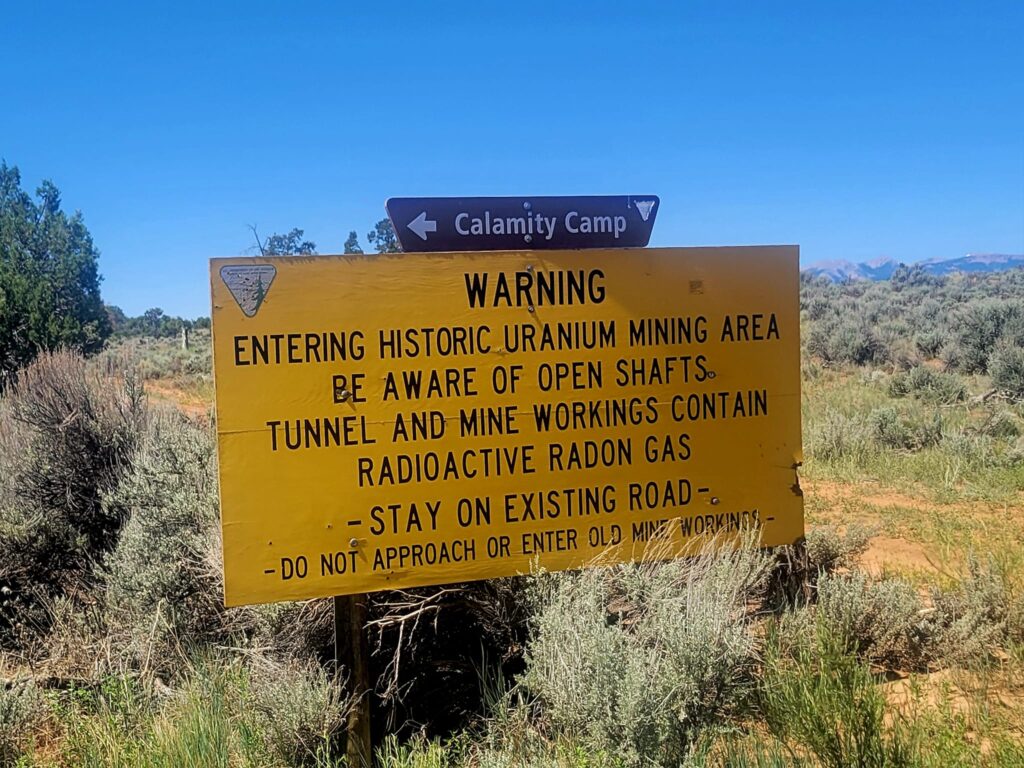
The Footprint
Using an overly technique, Rich Emerson, a geologist and map maker with expertise in the Uravan Mineral Belt, created a map illustrating how the footprint of the proposed monument would impact local industry. It came as no surprise to locals that the shape of nearly 400,00-acre monument neatly overlayed virtually all active and historic mining claims in the UMB. The monument subsumed “22,558 mining claims filed since 1975, 965 active mining claims, and 1,179 historic mine shafts, adits and prospects.” And nearly 88 percent of the monument’s footprint was taken up by grazing allotments (342,516 acres).
With its footprint swallowing up grazing lands and mining sites, some of which have existed since the 1800s, the proposed monument scarcely qualified for preservation status. One may even assume that it was proposed for the sinister purpose of shutting down all present and future uranium mining in this region of Colorado. According to Mark Steen, an authority in uranium mining and son of the late “Uranium King,” Charlie Steen, “The UMB still contains an estimated 95 million pounds of uranium and 400 million pounds of vanadium worth tens of billions of dollars.”
The national security and energy independence implications of losing access to these resources can’t be overstated, but it goes beyond that. Steen points out the impact of Pond’s efforts: “Had Sean Pond not brought everyone together to fight this monument, it would be worse than losing grazing permits or access to natural resources, or trails for OHV users. This and future generations would have been robbed of the amazing wealth that exists in the Uravan Mineral Belt.”
Fate’s Final Blow
Events during the summer and fall of 2024 sent the Democrat party into an uproar. By extension its leaders, activists, ancillary environmental NGOs and their corporate accomplices were either too distracted to keep the monument at the forefront, or were drowned out by the unprecedented, weird and miraculous happenings that engrossed the American public.
The election of President Trump itself, did not mean the monument was defeated. Following Trump’s first election in 2016, just three weeks prior to the inauguration, President Obama signed the proclamation creating Utah’s massive Bear’s Ears National Monument while on vacation in Hawaii. This happened despite stern opposition from Utah’s Congressional Designation and momentous local defiance.
Nevertheless, by the evening of Jan. 19, 2025, it became clear that President Biden would not use the Antiquities Act to impose another restrictive, unpopular and unnecessary monument on rural Colorado. This was a historical fluke—a fluke expedited by the bulwark of opposition in the West End.
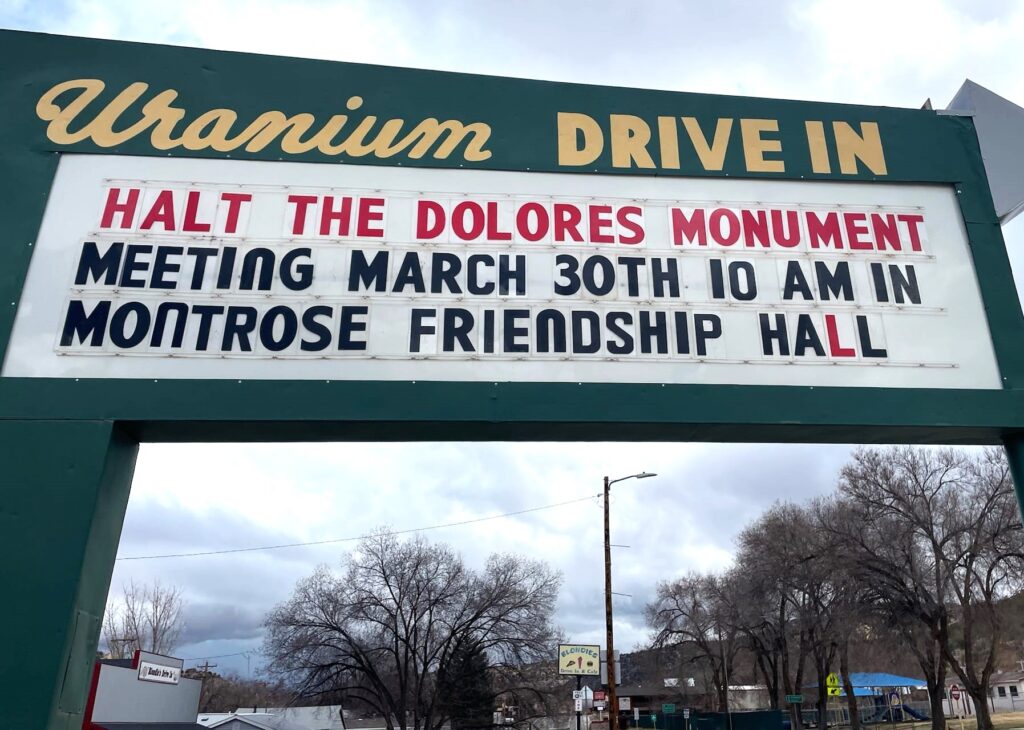
Backdoor Monument?
The momentary defeat of the proposed Dolores River National Moment was a battle won, but the war against federal land grabs never fully abates. Says Pond, “By January 20, we knew with certainty that we had defeated the monument, but within two days there was a working group including local politicians pushing for a National Conservation Area (NCA) to cover 38,000 acres of the same country. We didn’t even get time to celebrate before we found ourselves back in the fight.”
He continues: “These groups have long-term plans and this NCA has been in the works for 15 years. The advocates try to sway county commissioners, ranchers, and they succeeded to an extent. When support for the NCA dwindled, they threatened ‘If you don’t get the NCA you will get a national monument.’”
While NCA supporters claim that the region must be “protected” by a restrictive federal designation, those less enthusiastic hope the NCA will negate a future national monument. They’re both wrong. The vast majority of lands within the proposed NCA boundaries are controlled by the Bureau of Land Management with many layers of protections already in place. And the Antiquities Act gives the President broad authority to designate federal lands as national monuments. This applies to any lands controlled by government, including NCAs. With the stroke of a pen, any president could proclaim a national monument on top of an NCA.
But Pond, once again, was in the right place at the right time. The sudden passing of Montrose County Commissioner Rick Dunlap created a vacancy on the three-man commission. Ten days following Dunlap’s passing, the local Republican Vacancy Committee voted for Pond to fill the vacant seat. Two days later, Commissioner Pond submitted a resolution formally opposing the Dolores Canyons NCA, and it passed.
The West End bulwark, however, is more than a matter of political clout. It’s a matter of conviction. “The environmentalists and pro federal-control groups never stop. But organizations fighting for our freedom and access to public lands are on the ascendency,” says Pond. “Some of these people think our way of life is mythology of the Old West. They don’t realize there are still ranchers and cowboys and prospectors and people who pursue a life of freedom and are willing to take all the risks that come with it and fight the battles to keep it.”
Marjorie Haun is a freelance journalist with roots in the West End. Her father was raised in Paradox and worked in the West End’s uranium mines during the early years of Cold War. Haun specializes in natural resources policy, ranching and agriculture. She lives with her husband, horses, and sundry critters on a small homestead in eastern Utah.


